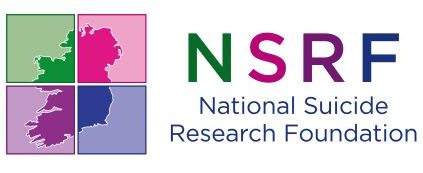
What is this project?
The overarching aim of this research was to provide a comprehensive understanding of the demographic, clinical and drug-related factors associated with IDO. Ultimately this research will inform legislation and recommendations for means restriction interventions related to suicidal behaviour.
This study aligns with Goal 6 of Connecting for Life, Irelands National Strategy to Reduce Suicide in Ireland 2015-2020: To reduce and restrict access to means of suicidal behaviour, by informing goals 6.1: To reduce access to frequently used drugs in Intentional Drug Overdose (IDO) and 6.2: To reduce access to highly lethal methods used in suicidal behaviour.
Project Aims
- To examine the profile of persons engaging in IDO, detail drugs used and to quantify the contributions of alcohol involvement and multiple drug use.
- To describe the characteristics of fatal and non-fatal IDO, and to establish which drug types are linked with greater risk of a fatal outcome.
- To describe the characteristics, incidence, and temporal trends in paracetamol-related IDO among young people.
- To investigate repeat self-harm and method switching among young people, following hospital-presenting IDO.
Recent publications
- A national case fatality study of drugs taken in intentional overdose. Daly C, Griffin E, Ashcroft DM, Webb RT, Perry IJ, Arensman E. (2019) Int J Drug Pol. 76:102609. doi: 10.1016/j.drugpo.2019.102609.
- Repeat Self-Harm Following Hospital-Presenting Intentional Drug Overdose among Young People—A National Registry Study. Daly C, Griffin E, McMahon E, Corcoran P, Webb RT, Witt K, Ashcroft DM, Arensman E. (2020) Int. J. Environ. Res. Public Health. 17(17), 6159-6175. doi: 10.3390/ijerph17176159.
- Paracetamol-related intentional drug overdose among young people: a national registry study of characteristics, incidence, and trends, 2007–2018. Daly C, Griffin E, McMahon E, Corcoran P, Webb RT, Ashcroft DM, Arensman E. (2020) Social Psychiatry and Psychiatric Epidemiology. doi: 10.1007/s00127-020-01981-y.

